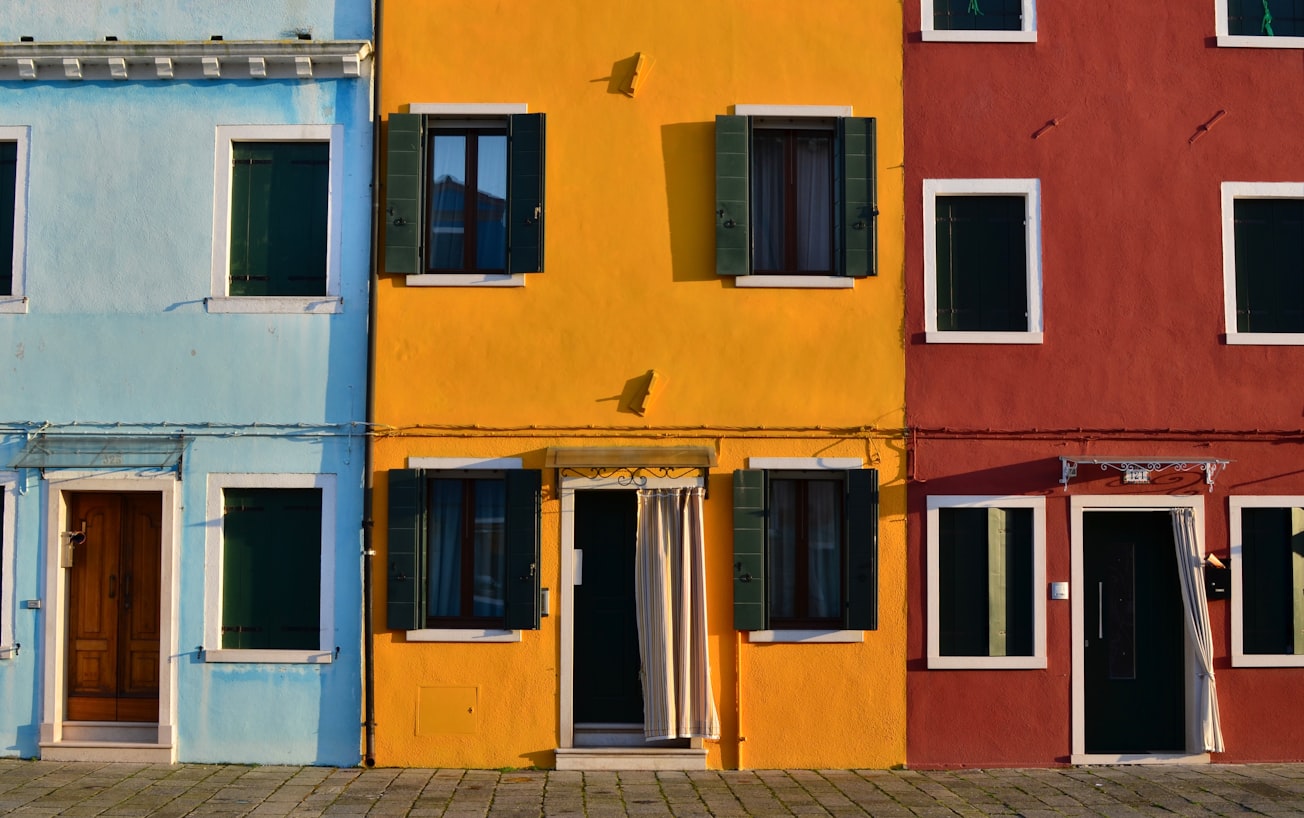What is it about?
The colours of architectural surfaces can make an important contribution to improving the environmental quality of the built environment. Research has demonstrated that the colour and the shape of a building’s envelope can contribute to the enhancement of the thermal performances of the building. This research involved the development of a new coating for external wall insulation combining effect pigments and a toothed section. The whole process involved a design-based research approach. The development of the new coating lasted from March 2012 to March 2013. Surface temperature tests have been carried out in 2013 and 2019. The tests confirmed that the colour and the chemical composition of the material are the most important factors for lower surface temperatures. Further research is needed to re-calibrate the chemical composition of the material and verify the shading effect provided by the toothed section on vertical surfaces.
Featured Image

Photo by matthaeus on Unsplash
Why is it important?
Reducing the surface temperatures of facades during summer can significantly contribute to the overall reduction of the urban heat island effect.
Perspectives
This research, once again, demonstrated the importance of colour for lower surface temperatures.
Dr Alessandro Premier
University of Auckland
Read the Original
This page is a summary of: Façade cool coatings: an experiment on colour and surface quality, Intelligent Buildings International, December 2019, Taylor & Francis,
DOI: 10.1080/17508975.2019.1704207.
You can read the full text:
Contributors
The following have contributed to this page







